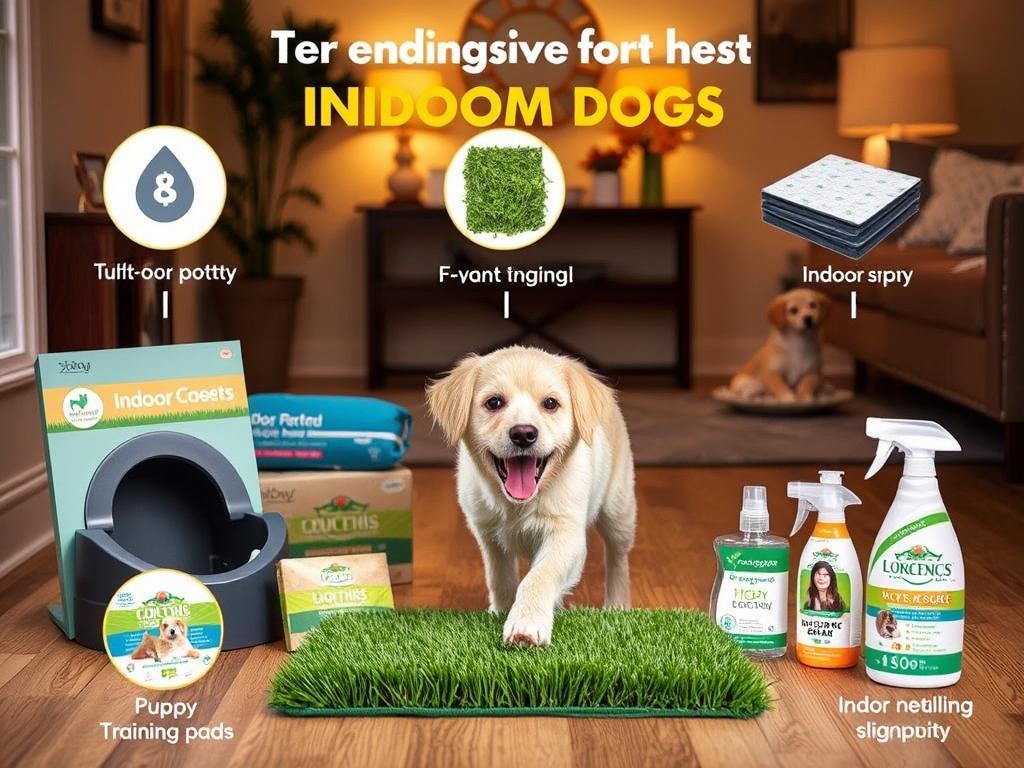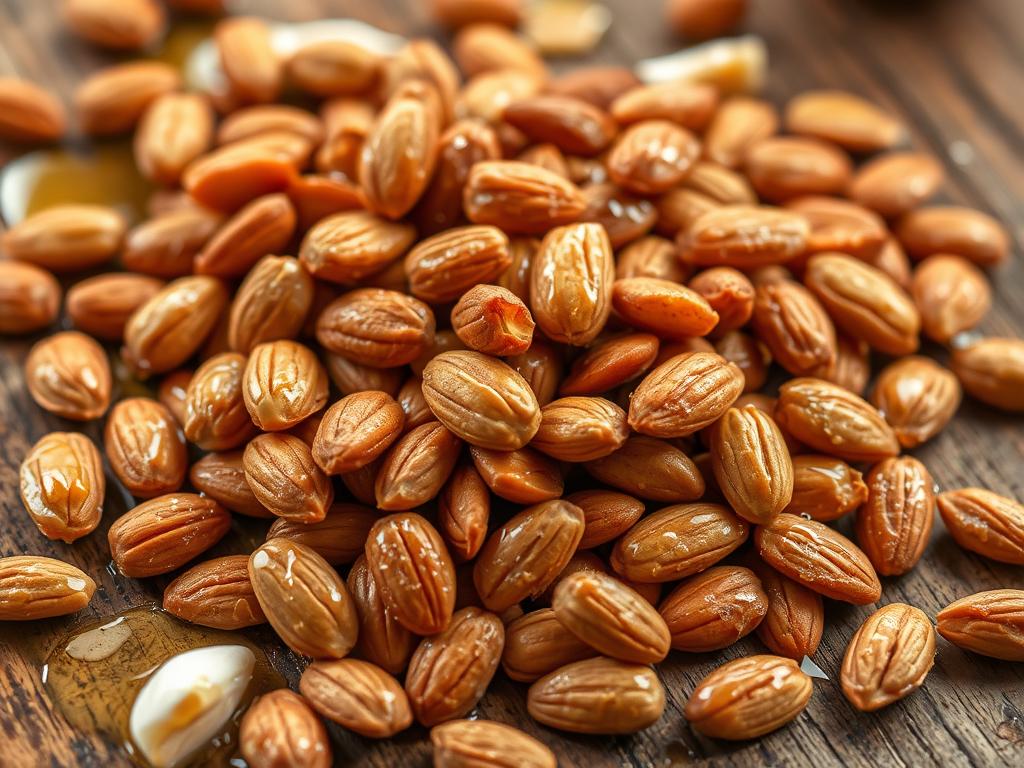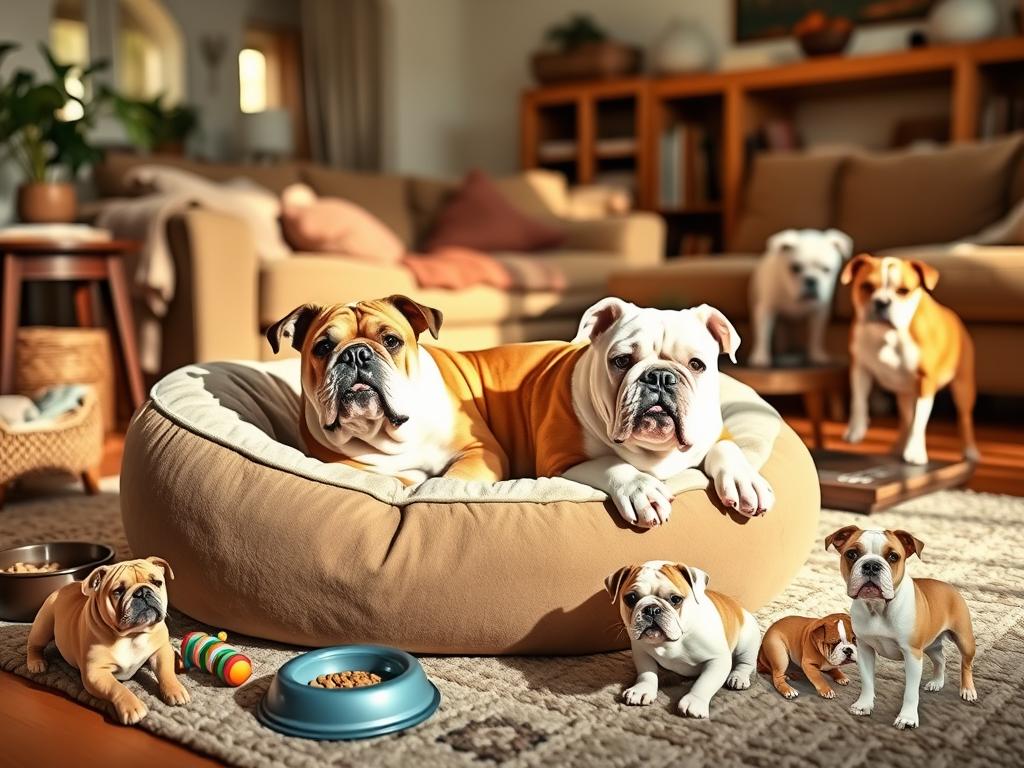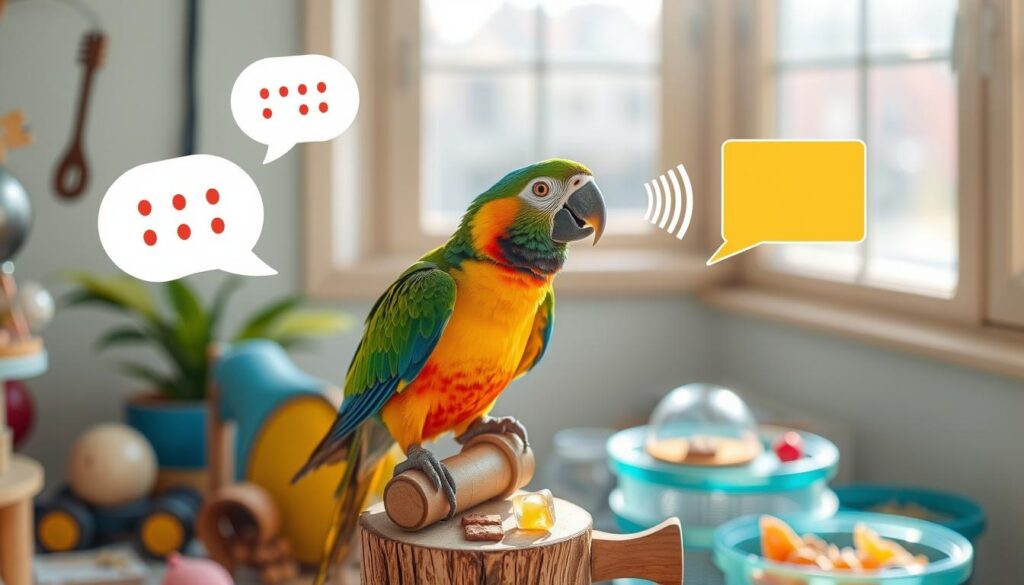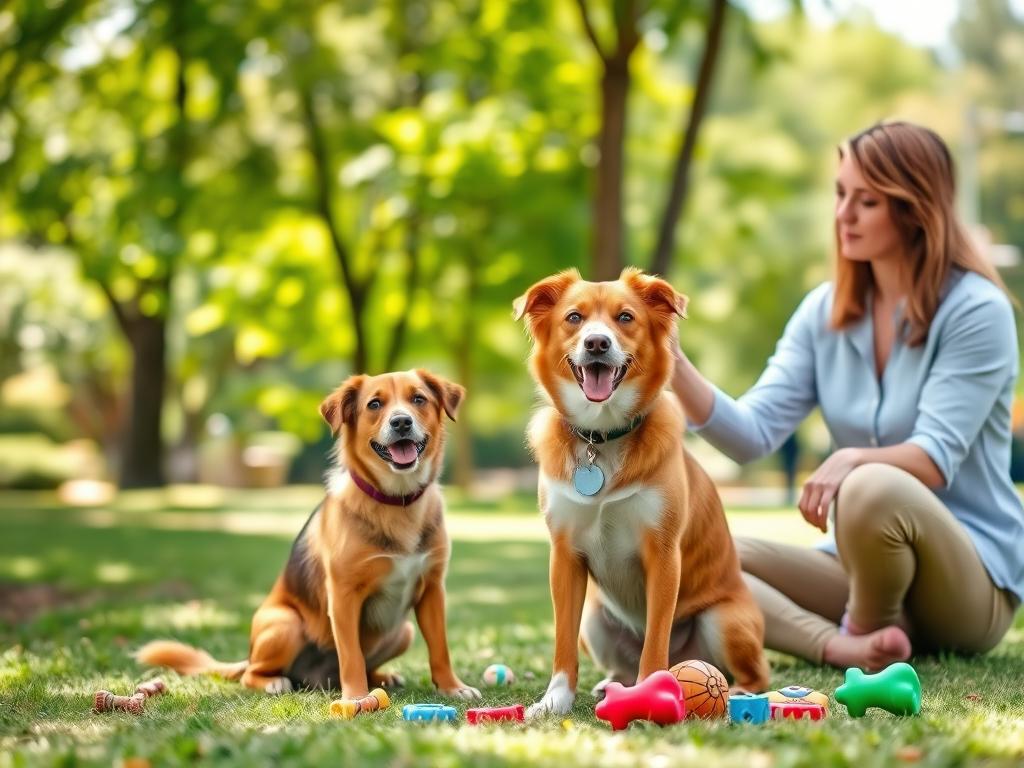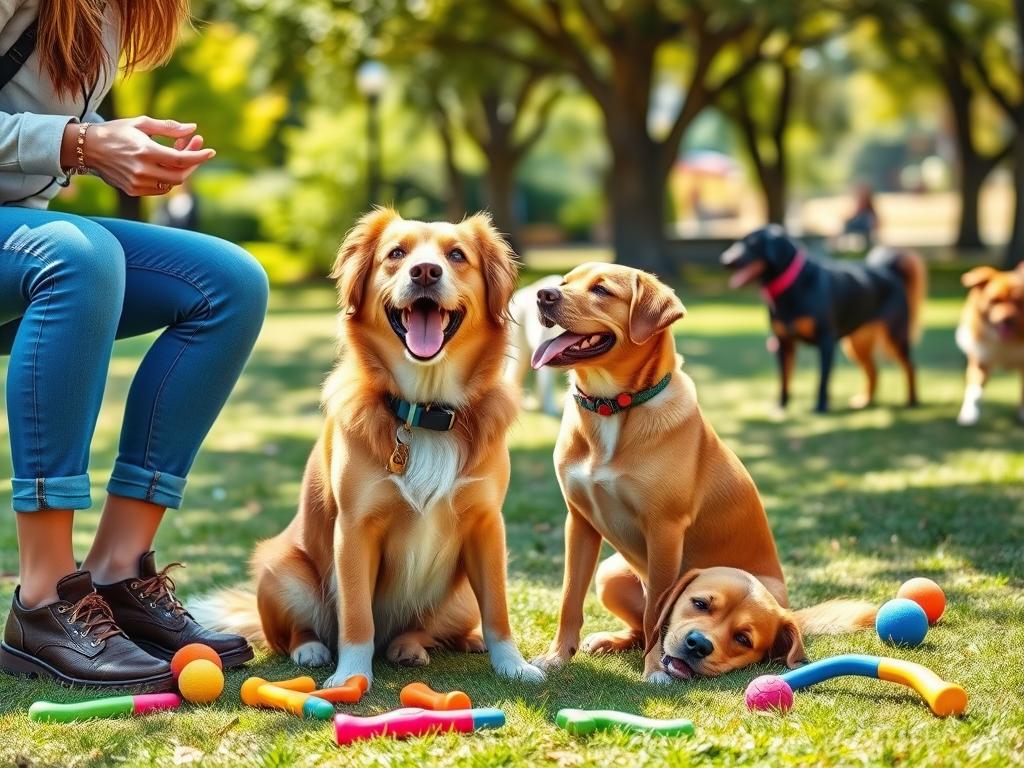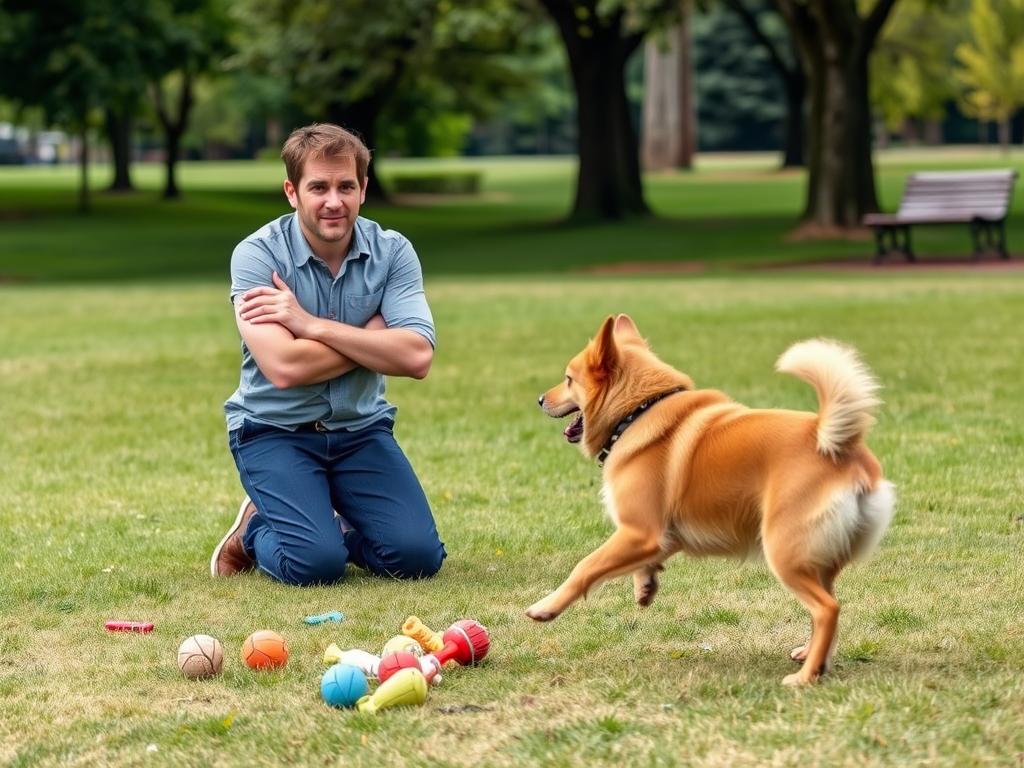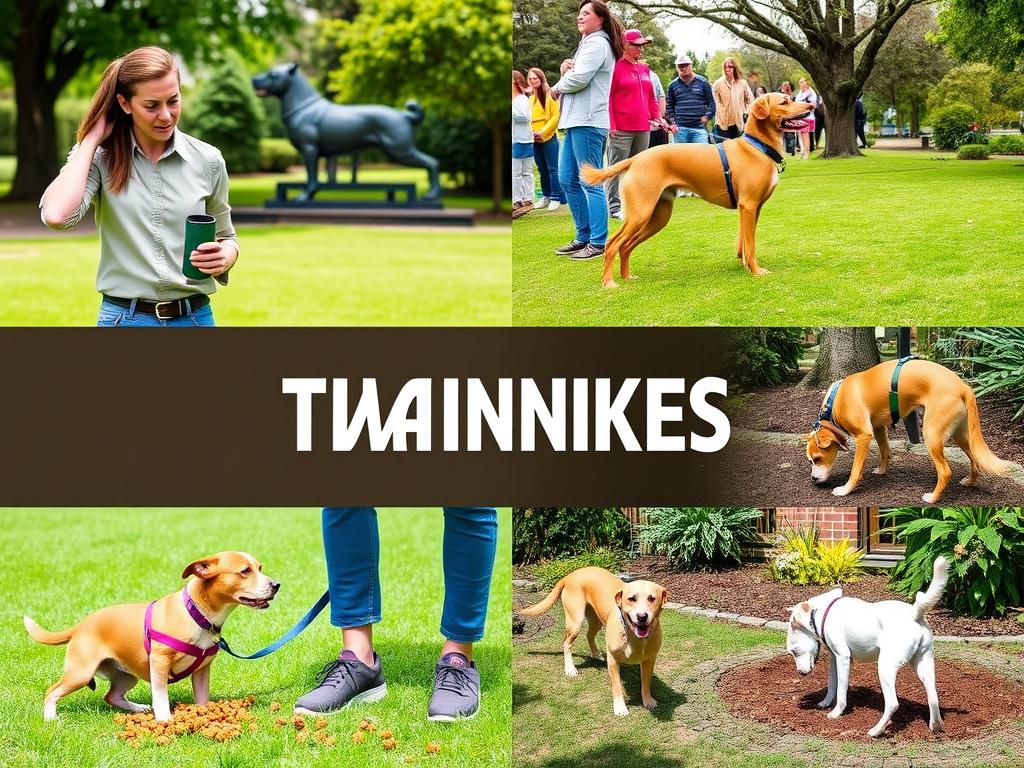Indoor Dog Peeing : Did you know that approximately 20% of the behavior of dogs that pee indoors is attributed to anxiety, nervousness, or excitement? This startling statistic highlights the complexity of addressing indoor dog potty training issues. Understanding why dogs urinate indoors is essential not only for maintaining a clean home but also for fostering a healthy relationship with your furry friend.
Whether it’s due to health problems, behavioral issues, or simple accidents, there are amazing solutions to prevent dog accidents at home. This article aims to provide you with effective strategies and insights to help you stop your dog from peeing inside and ensure a more harmonious living environment.
Key Takeaways
- Understanding the causes of indoor urination is crucial for effective training.
- Health issues such as urinary tract infections can lead to inappropriate urination.
- Consistent potty training methods can significantly improve accidents at home.
- Creating a supportive environment helps mitigate stress-related urination.
- Identifying and addressing behavioral triggers is key to successful training.
- Professional help may be necessary if self-training methods fail.
Understanding the Causes of Indoor Peeing
Inappropriate urination can be a frustrating issue for dog owners. Understanding the different causes of indoor dog peeing is key to addressing this concern effectively. Various factors contribute to this behavior, including medical dog issues and behavioral problems that can complicate training efforts.
Common Reasons Dogs Pee Indoors
Different factors contribute to the common reasons dogs pee indoors. Some common causes include:
- Urinary tract infections, which can lead to sudden urges to urinate.
- Anxiety or excitement, causing emotional responses that trigger indoor accidents.
- Submissive urination, particularly in puppies or dogs that have had negative experiences.
- Marking behavior, mostly seen in male dogs, when they feel the need to establish territory.
According to Nicole Ellis, puppies and older dogs often face distinct challenges, leading them to have more accidents. Understanding these dynamics helps dog owners strategize effectively.
The Importance of Identifying Triggers
Recognizing specific triggers is vital in addressing inappropriate urination. Everyday situations, such as loud noises, new visitors, or environmental changes, can provoke responses that lead to indoor accidents. By identifying these triggers, dog owners can work towards creating a calmer environment. Consistent routines and positive reinforcement are great methods here. An article on dog training around guests highlights techniques that can be beneficial.
Behavioral vs. Medical Issues
Understanding the distinction between behavioral issues in dogs and medical dog issues is crucial. While behavioral problems like anxiety and excitement often lead to accidents, medical conditions such as urinary tract infections or incontinence can also play a significant role. A sudden change in urination patterns may indicate a medical concern, warranting veterinary consultation. Regular check-ups can help ensure your dog remains healthy, preventing issues from escalating.
Effective Training Techniques for Your Dog
Implementing effective dog potty training tips is essential for first-time dog owners. A balanced approach that combines various training methods can significantly reduce indoor accidents. Engaging with your puppy through positive reinforcement, structuring a consistent schedule, and utilizing crate training can yield great results for housebreaking.
Positive Reinforcement Methods
Positive reinforcement encourages desired behavior. When your dog pees outside, reward them immediately with treats and praise. This helps your dog associate going potty outdoors with positive outcomes. Over time, you can gradually decrease the amount of treats as they become more consistent. Avoid scolding dogs for indoor accidents. Instead, focus on celebrating successful outings to enhance their learning process.
Establishing a Consistent Schedule
Creating a routine helps combat indoor accidents. Take your puppy outside after meals, naps, and playtime. Generally, a good rule of thumb is that puppies can hold their bladders for as many hours as they are months old. By establishing a clear potty schedule, you minimize the chances of accidents and reinforce proper habits. Consistency is crucial as you implement practical housebreaking tips for dogs.
Utilizing Crate Training Successfully
Crate training serves as an effective method to control accidents indoors. Dogs naturally avoid soiling their sleeping areas, making the crate a great tool. Initially, place your puppy in the crate for brief periods—between 10-15 minutes—and gradually increase the duration. During the day, limit crate stays to a couple of hours and at night, a maximum of 6 hours. This thoughtful approach helps teach your dog the appropriate time and place to relieve themselves.

Implement these training techniques to stop indoor dog peeing and develop a strong bond with your furry companion. For more insights, consider checking out additional puppy care tips that can streamline the process of potty training.
Creating a Pee-Friendly Environment
Establishing a space where your dog can relieve itself indoors is essential for preventing accidents. Creating designated indoor relief areas offers clarity for your dog, while choosing the right materials ensures comfort. Maintaining a clean indoor space enhances the overall environment, making it easier for your dog to adapt.
Setting Up Designated Indoor Relief Areas
Identifying specific spots within your home as designated indoor relief areas simplifies the process for your dog. These areas should be easily accessible and comfortable, making it clear to your pet where they are allowed to go. Establishing such zones helps in implementing the best solutions for indoor dog peeing.
Choosing the Right Pee Pads or Grass Alternatives
Opting for the right pee pads or grass alternatives is crucial for encouraging your dog to use the designated spaces. Various options are available, including absorbent pads and synthetic grass that resembles the outdoors. Selecting materials that mimic an outdoor bathroom experience can help your dog feel more comfortable and familiar, which is essential for successfully managing indoor accidents.
Maintaining a Clean Indoor Space
Maintaining a clean indoor space is vital for discouraging indoor peeing. Using enzyme cleaners to eliminate any lingering odors ensures that your dog is less likely to return to previously soiled areas. Regularly cleaning the designated indoor relief areas helps to create a fresh environment, supporting the goal of reducing accidents and facilitating effective training.
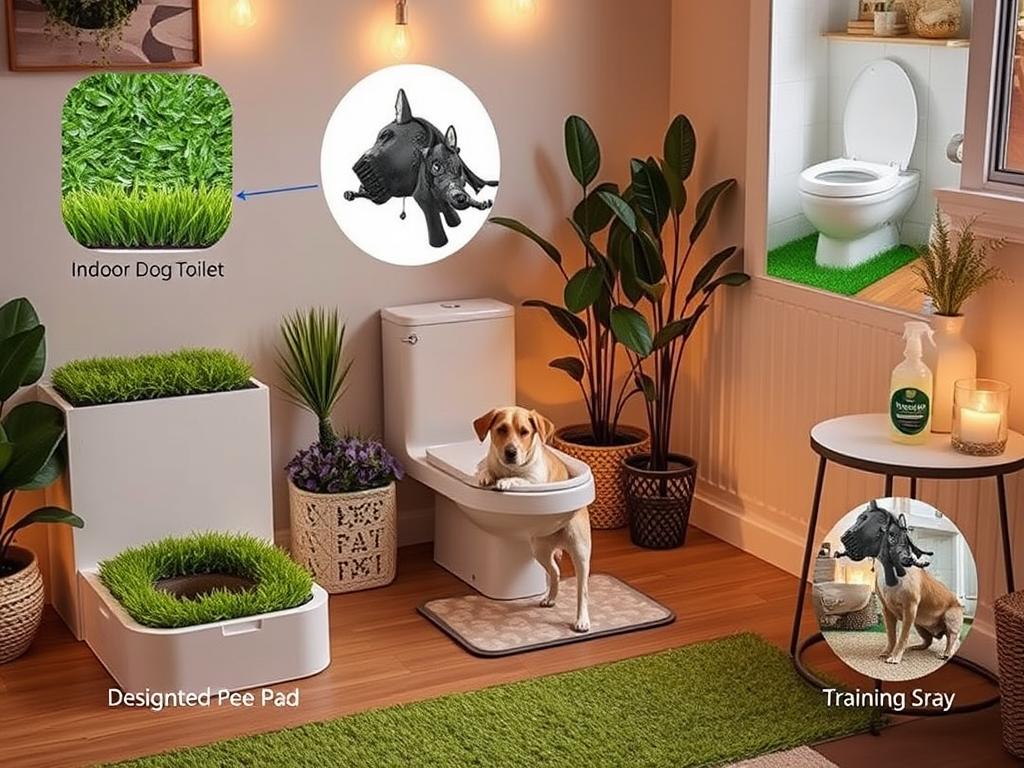
Monitoring and Adjusting Dog Behavior
Regular monitoring dog behavior is critical for any dog owner, especially when addressing indoor peeing issues. Dogs exhibit various signs of discomfort in dogs that indicate they may need to go outside or are feeling stressed. Recognizing these signs can prevent accidents and help in maintaining harmony at home.
Observing Signs of Discomfort or Urgency
Look out for behaviors such as restlessness, whining, or scratching at the door, as these are clear signs of discomfort in dogs. Keeping a detailed diary of your dog’s activities, including eating and drinking habits, provides insights into their potty routines. Puppies often require more frequent breaks, while older dogs may need adjustments made to their schedules, as their ability to hold bladder can diminish with age.
Adapting Your Approach Based on Your Dog’s Needs
It’s essential to be flexible and ready for adapting training approach for dogs based on individual needs. Factors such as previous accidents can be a signal that modifications are necessary. For example, spaying or neutering can significantly reduce marking behavior in male dogs. Using positive reinforcement techniques, like rewarding outdoor urination with treats, can also improve results. Additionally, crate training plays a vital role; dogs instinctively prefer to keep their sleeping area clean, leading to fewer indoor incidents when utilized correctly.
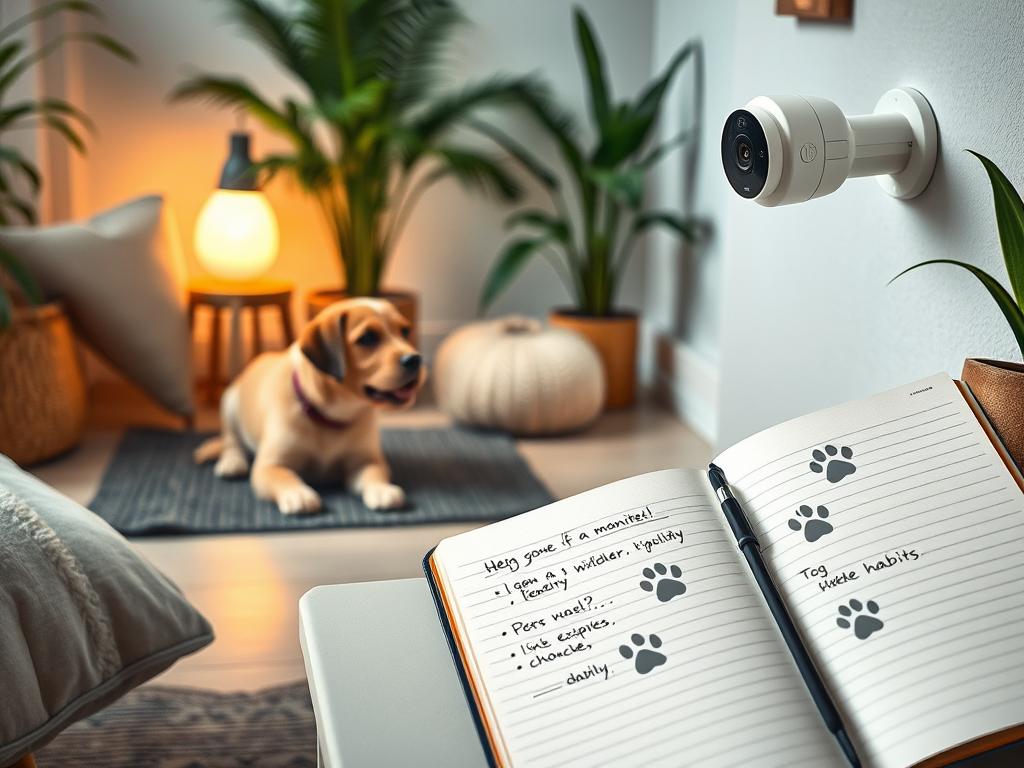
In cases of indoor accidents, employing an enzyme cleaner will help eliminate odors, thus discouraging dogs from repeating the behavior in the same spot. Immediate cleanup is essential to prevent them from being drawn back to the area. Never resort to scolding; fear as a motivator can backfire. With patience and consistency, alongside effective methods, owners can enhance their approach and successfully navigate the challenges of dog behavior.
For more information on handling indoor dog soiling issues, consider visiting this resource to gain further insights.
When to Seek Professional Help
If you find that issues with indoor peeing persist despite your diligent training efforts, it may be the right moment to take action and seek professional help for dog behavior. Recognizing persistent issues in dogs is crucial, as these problems can stem from a variety of causes, including stress, anxiety, or even medical concerns. When routine training fails to yield results, enlisting the support of experts can provide new perspectives and techniques to address the behavior effectively.
Recognizing When Issues Persist
It’s essential to evaluate your dog’s behavior consistently. If indoor peeing becomes a frequent occurrence, despite implementing a structured routine and consistent training methods, it may indicate deeper psychological or physical issues. Observing symptoms such as lethargy, changes in appetite, or excessive drinking can signal the need for a veterinary consultation for dog peeing problems. Early intervention is key to ensuring your pet’s well-being and happiness.
Finding a Qualified Dog Trainer or Behaviorist
Searching for a qualified dog trainer or behaviorist can be an invaluable step when tackling ongoing behavioral issues. These professionals can assess your dog’s unique situation and provide tailored strategies that align with your pet’s personality and past experiences. With their guidance, you can learn effective methods to manage your dog’s behavior and create a harmonious living environment.
Veterinary Consultation for Medical Concerns
A veterinary consultation plays a pivotal role when addressing the underlying causes of indoor urination. It is particularly important for ruling out health issues such as urinary tract infections, kidney disease, or diabetes, which may necessitate targeted treatment. Through comprehensive evaluations, the veterinarian can determine if your dog’s indoor peeing is a result of age-related factors or behavioral struggles, allowing for appropriate interventions to improve their quality of life. For more insights on correcting dog behavior problems, check out this helpful resource.

